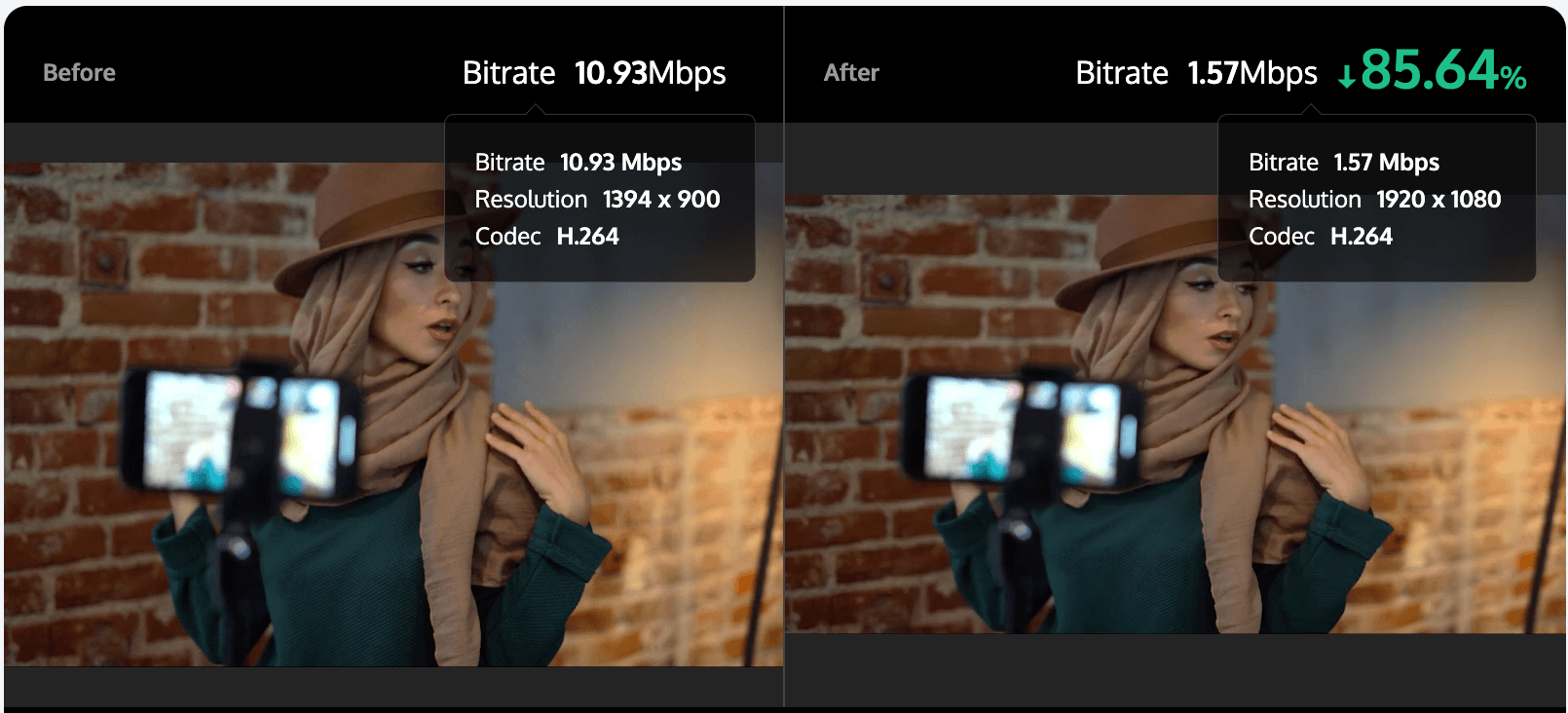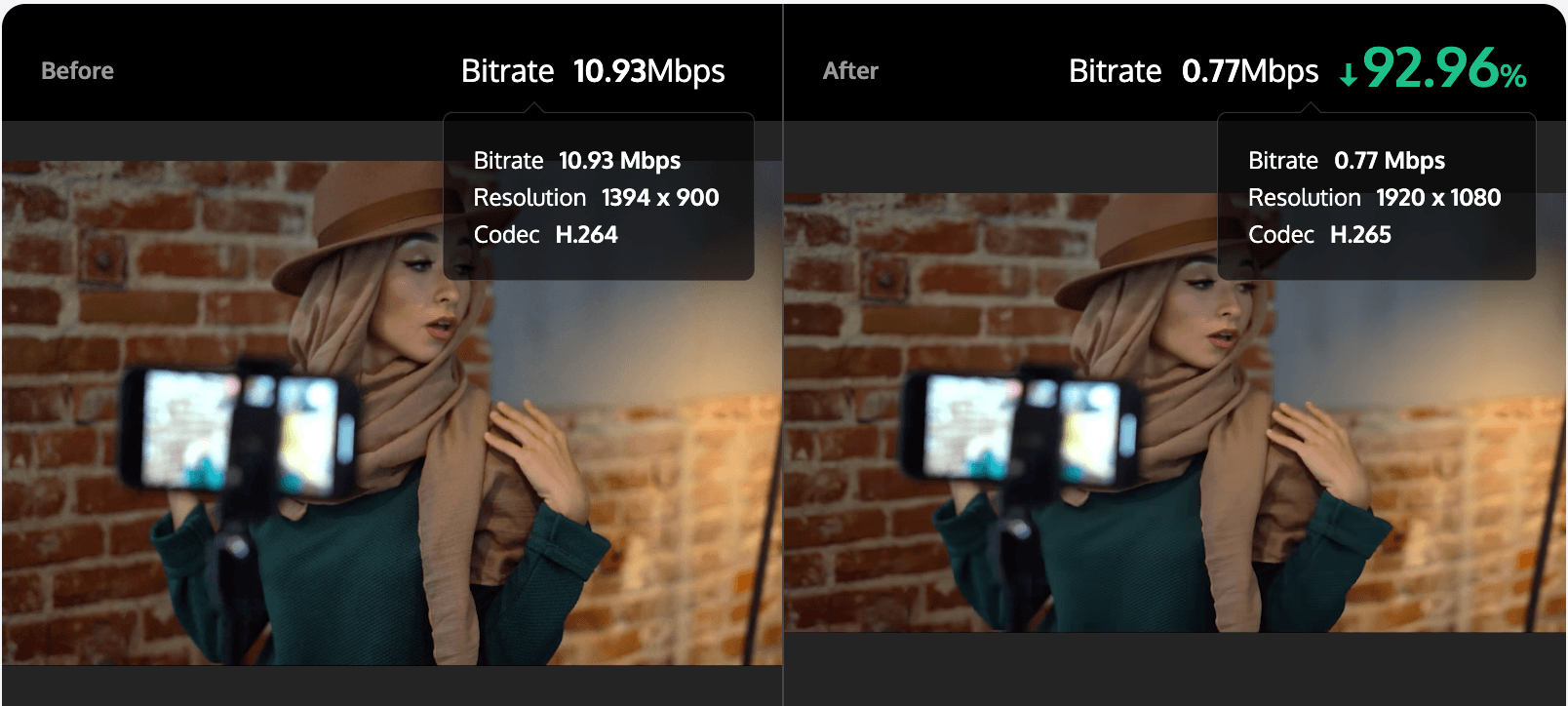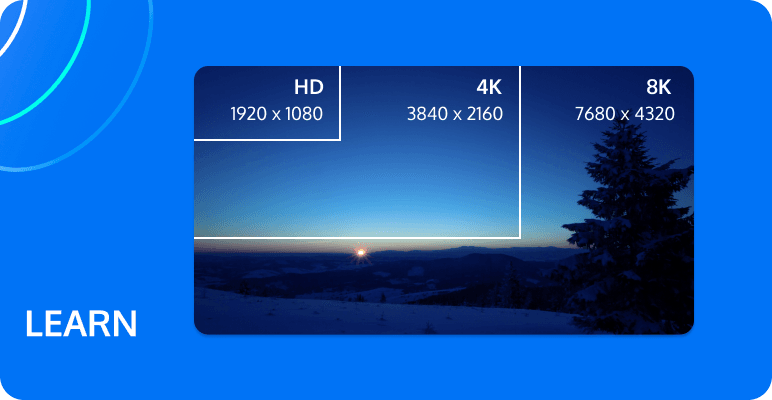Encoding and Transcoding: Understanding the Differences
In the world of digital media, encoding and transcoding are two common processes involved in video compression and conversion. While both involve transforming video data, they have distinct differences that are essential to understand.

What is Encoding?
Encoding is the process of compressing video data to reduce its file size while maintaining an acceptable level of video quality. Encoding involves transforming the raw video data into a specific format or codec that is suitable for playback on a particular device or platform. During the encoding process, the video data is divided into frames, and each frame is compressed using a specific algorithm. The result is a compressed video file that is smaller in size but retains its original quality to a certain extent.
What is Transcoding?
Transcoding, on the other hand, is the process of converting video data from one format or codec to another. This involves decoding the original video data, then encoding it again using a different format or codec. Transcoding is often necessary when you need to convert a video file to a format that is compatible with a specific device, platform, or application. For example, you might need to transcode an H.264-encoded video to the AV1 format for playback on a specific web browser or device.

Comparison
1. Purpose: Encoding is primarily used to compress video data for efficient storage and transmission, while transcoding is used to convert video data from one format or codec to another.
2. Process: Encoding involves compressing video data using a specific codec, while transcoding involves decoding the original video data, then encoding it again using a different codec.
3. Compatibility: Encoding is generally more compatible with a wider range of devices and platforms, as it focuses on compressing the video data without changing its format. Transcoding, on the other hand, may introduce compatibility issues, as not all devices or platforms support all codecs.
4. Quality: Both encoding and transcoding can maintain video quality to a certain extent. However, transcoding may introduce some quality loss, as the video data is decoded and re-encoded using a different codec.
Tencent MPS
Tencent MPS transcodes audio/video files to different bitrates and resolutions for smooth playback on various devices with different bandwidth options. It has the useful following features:
1. Audio/Video Transcoding:Transcoding is an offline task that changes the codec, resolution, bitrate, and other characteristics of an audio/video stream to suit different playback devices and network conditions.
2. Audio/Video Enhancement:By combining the image quality remastering and video enhancement modules with AI algorithms, MPS supports image noise removal, contour restoration, super resolution reconstruction, and other features while improving the resolution, making it suitable for various business scenarios such as UGC/PGC video quality improvement, digital remastering, and 4K video production.
3. Watermarking:Watermarking is an offline task that adds an image at the specified position of the video during video transcoding or screen capturing.
Encoding and transcoding are both essential processes in video compression and conversion. Understanding the differences between these two processes can help you choose the most appropriate method for your specific use case.Feel free to Contact Us for more information.

